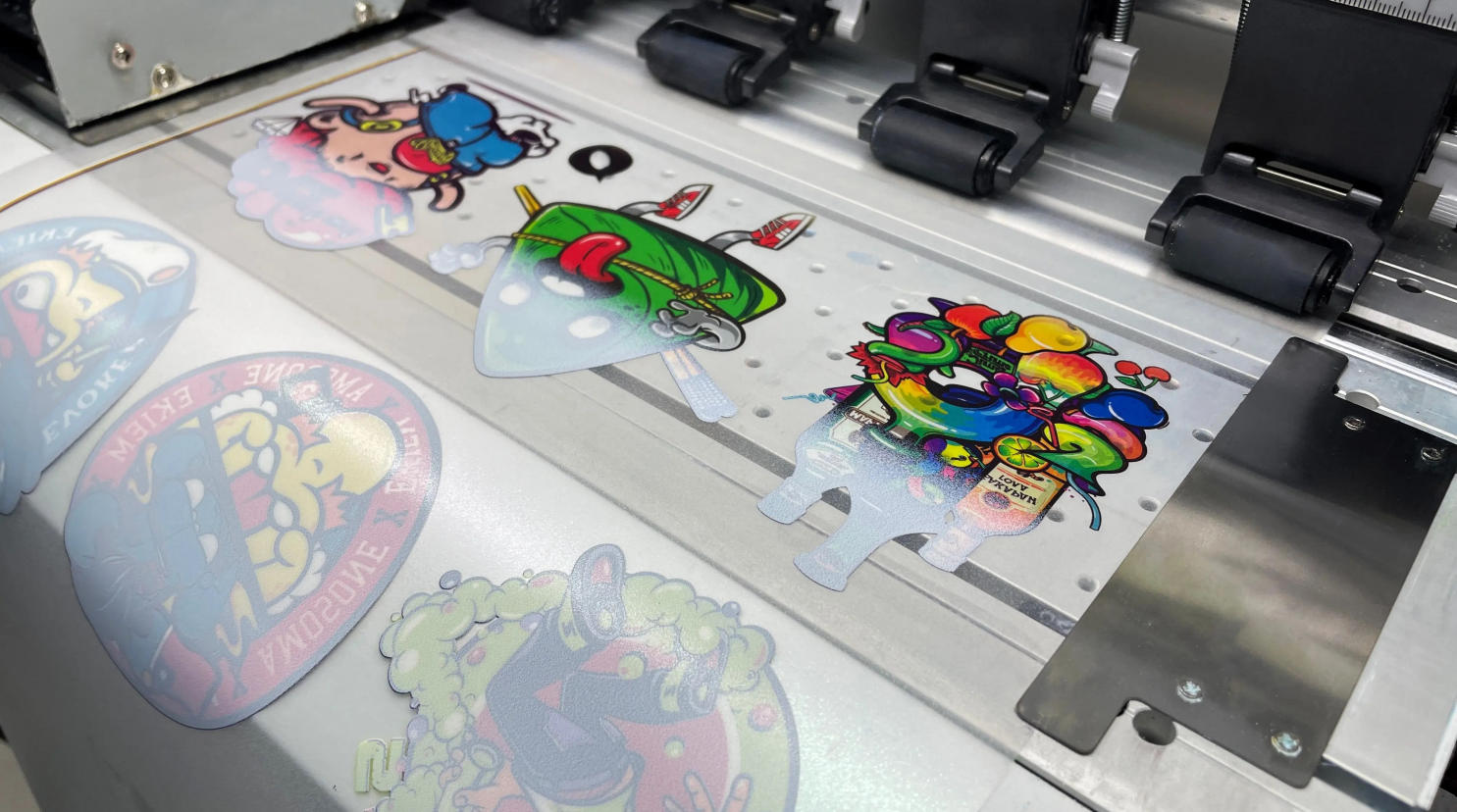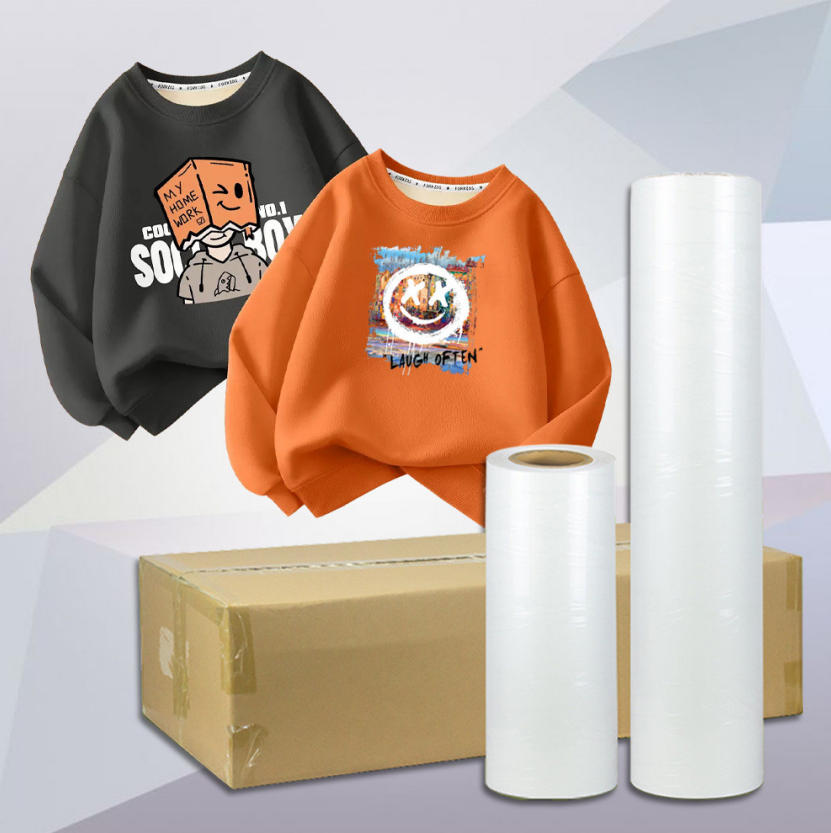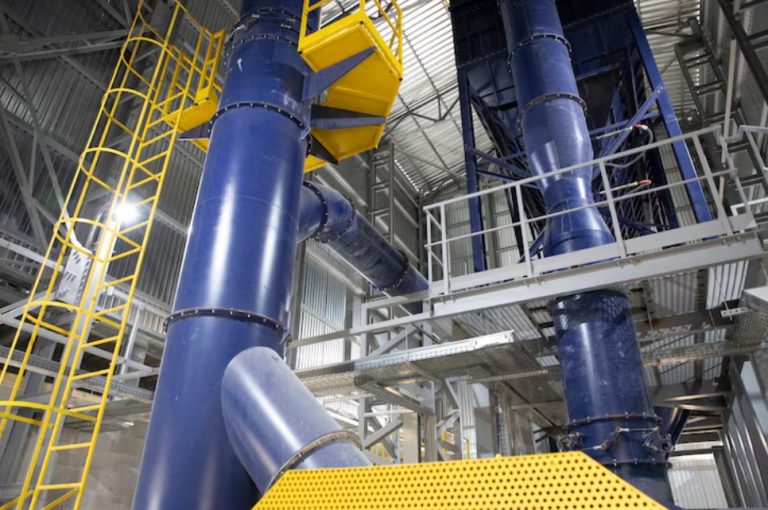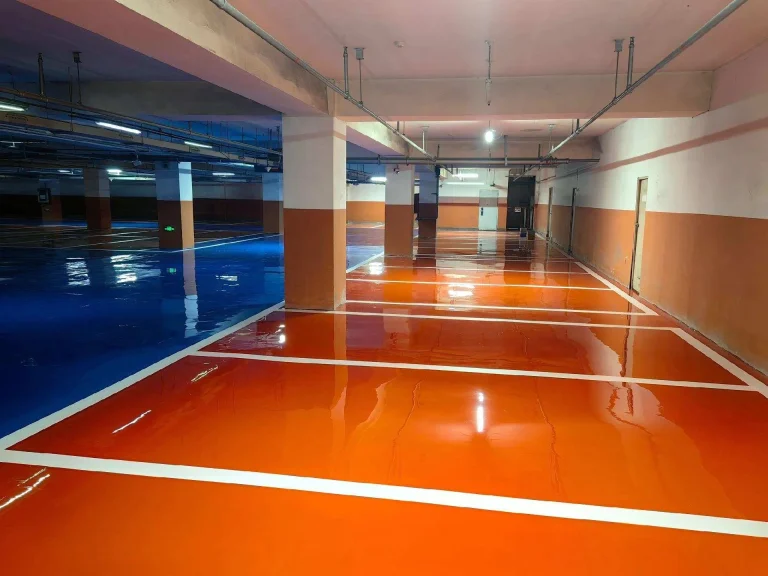
Hey there, if you’re in the printing game or just curious about how things are shifting greener, you’ve landed in the right spot. Printing isn’t just about slapping ink on paper anymore—it’s evolving, and sustainability is at the heart of it. Today, we’re diving into white ink absorbent coating materials. These aren’t your average coatings; they’re game-changers for digital printing, especially on tricky surfaces like PET films. We’ll talk about why going eco-friendly matters, spotlight some alternatives that don’t skimp on performance, and yeah, throw in a few real-life stories from the industry. Stick around—by the end, you’ll see how these materials can make your prints sharper, cleaner, and kinder to the planet.
What Makes White Ink Absorbent Coating Material Tick?
Let’s start with the basics. White ink absorbent coating material is basically a special layer you apply to transparent PET films—that thin plastic stuff used in everything from packaging to textiles. Once coated, it turns into a matte white surface that’s perfect for sucking up ink like a sponge. No more blurry edges or faded colors; the prints come out crisp and vibrant.
Key perks? It’s got strong ink absorption, which means white ink, color inks, whatever—they stick without smudging. Then there’s the easy peel-off feature. Imagine printing a design on the film, then transferring it to a t-shirt or bag without the pattern tearing or leaving bits behind. That’s the release property in action. High color density ensures those hues pop, even on dark fabrics. And don’t forget anti-static qualities—it cuts down on dust and static cling during production, which is a headache saver in busy print shops.
I recall chatting with a buddy who runs a small digital printing outfit in Texas. He switched to these coatings last year, and his reject rate dropped by 30%. “No more ink bleeding all over the place,” he said. Simple stuff, but it adds up.
Why Sustainability is Non-Negotiable in Printing Now
Printing has a dirty secret: it’s resource-heavy. Think about all the chemicals, water, and energy that go into traditional methods. Landfills are stuffed with waste from failed prints and non-recyclable films. But times are changing. Consumers want brands that care about the earth—surveys show over 70% of folks under 35 prefer eco-friendly products. For print media, that means ditching harsh solvents and embracing materials that last longer and waste less.
Sustainability in white ink absorbent coatings isn’t just buzz. It’s about reducing VOCs (those volatile organic compounds that pollute air), cutting energy use in production, and making sure the end product is recyclable or biodegradable. Picture this: a coating that absorbs ink efficiently, peels off without residue, and doesn’t release toxins when heated during transfer. That’s not pie-in-the-sky; it’s happening.
Oh, and a quick side note—I’ve seen some printers resist the switch because “green” sounds expensive. But hold on, we’ll get to how it’s actually cost-saving in the long run.
Eco-Friendly Twists on White Ink Absorbent Coatings
Now, for the good stuff: what makes these coatings eco-friendly? Modern versions blend in bio-based resins or water-soluble formulas, slashing the environmental footprint. Take the 3-in-1 design—combining ink-absorbing, release, and adhesive layers into one. Instead of three separate coatings (each with its own waste), you do it in one go. Less material, less energy, less mess.
Here’s a breakdown of standout features tied to sustainability:
- Strong Ink Absorption: Locks in ink fast, reducing over-printing and ink waste. Some coatings cut ink usage by up to 20%, per industry tests.
- Easy Peel-Off: Smooth transfer means fewer do-overs. No residue left on films, so PET can be recycled easier.
- High Color Density: Brighter prints with less ink layers—saves resources and keeps colors true without extra chemicals.
- Anti-Static Properties: Prevents dust buildup, which means cleaner runs and less cleaning chemicals down the drain.
For alternatives, look at bio-derived coatings from plant-based polymers. These swap out petroleum for stuff like corn starch derivatives. They’re just as tough—handling heats up to 200°C in transfers—but break down naturally if discarded. Water-based options are another win; they avoid solvents that harm waterways.
In a recent project I heard about, a European textile firm tested eco-alternatives on PET films for fashion prints. They reported 15% less energy in drying stages because the coatings set quicker. Not perfect—sometimes the peel isn’t as seamless on humid days—but tweaks like adding silica fixed it.
| Feature | Traditional Coating | Eco-Friendly Alternative |
| Base Material | Petroleum-based | Bio-based (e.g., plant resins) |
| VOC Emissions | High | Low to none |
| Waste Generation | Multiple layers = more scrap | Single layer = 30-40% less waste |
| Recyclability | Poor (chemical residues) | High (cleaner separation) |
| Cost Over Time | Cheaper upfront, but high rejects | Slightly pricier, but 25% savings in production |
Tables like this make it clear: going green pays off.
Innovations and Real-Life Wins in Print Media
Innovation doesn’t stop at the lab. Companies are rolling out coatings with recycled content—up to 50% post-consumer PET in some blends. That closes the loop, turning old bottles into new print films. And for digital transfer printing (DTF), these materials shine. Print a logo on the coated film, sprinkle hot melt powder, heat press onto fabric—boom, eco-shirt ready.
Take barbecue grills or apparel. Wait, grills? Yeah, the same tech crosses over. A coating firm I know applied similar principles to heat-resistant versions for outdoor gear, but back to printing: in apparel, eco-coatings mean prints that withstand 50+ washes without fading, extending garment life and cutting fast fashion waste.
One case: a print shop in Asia switched to sustainable white ink absorbent materials for custom tees. They cut plastic waste by 40% yearly, thanks to recyclable films. Customers loved it—sales jumped 25%. But honestly, not every transition is smooth; they had to retrain staff on handling the new peel properties. Worth it, though.
Challenges? Yeah, We’ve Got Those Too
No rose without thorns. Eco-alternatives can cost 10-20% more initially. Supply chains for bio-materials aren’t everywhere yet, so shipping adds up. And performance? In extreme humidity, some absorbents swell a bit, affecting peel. But suppliers are fixing this with hybrid formulas—part bio, part synthetic for balance.
Pro tip from experience: Start small. Test on a few rolls before full switch. You’ll avoid big headaches.
Introducing Konaz: Your Go-To Supplier for White Ink Absorbent Coating Materials

Speaking of suppliers, let’s shine a light on Konaz Technology Co., Ltd., out of Foshan, China. They’ve been in the game for over 15 years, cranking out advanced coatings from a 3000-square-meter factory with 30+ pieces of equipment and an annual output hitting 1000 tons. Their white ink absorbent coating is a standout—tailored for PET films in digital printing, with that 3-in-1 magic for easy release, killer ink absorption, high color density, and anti-static perks.
Konaz isn’t just about products; they’re big on innovation, exporting worldwide and earning trust with customizable formulas. Whether you’re a DTF producer or need something for textiles, they deliver high-performance stuff that aligns with eco-goals. Check their site for cases like boosted printing accuracy or durable transfers—no fluff, just results.
Conclusion
Wrapping this up, sustainability in white ink absorbent coating materials isn’t a fad—it’s the future of print media. By picking eco-friendly alternatives with strong absorption, easy peel, high density, and anti-static features, you’re not only getting better prints but also doing right by the planet. It cuts waste, saves cash long-term, and meets what customers crave. If you’re in printing, now’s the time to explore these options. Small changes lead to big impacts, you know?
FAQs
What exactly is sustainability in white ink absorbent coating material?
It’s all about making coatings that use fewer harmful chemicals, reduce waste, and support recycling. For instance, bio-based versions cut down on petroleum use while keeping perks like easy peel-off and high color density intact.
Are eco-friendly alternatives for print media as effective as traditional ones?
Absolutely, and sometimes better. They offer strong ink absorption and anti-static properties, with real tests showing up to 20% less ink needed. Sure, they might need tweaks for humidity, but overall, they hold up in daily use.
How does high color density play into sustainability in white ink absorbent coating material?
High density means vibrant prints with less layering, which saves ink and energy. It’s a win for eco-friendly alternatives in print media, extending material life and slashing production waste.
Can small print shops afford these eco-friendly alternatives for print media?
Yes, though upfront costs are higher, savings kick in quick—think lower rejects and energy bills. Many suppliers like Konaz offer scalable options to ease the switch.
What’s the environmental impact of switching to sustainable white ink absorbent coatings?
Huge drop in VOCs and waste. One shop I know reduced plastic scraps by 40%, and recyclable films mean less landfill junk. It’s practical green without sacrificing quality.










